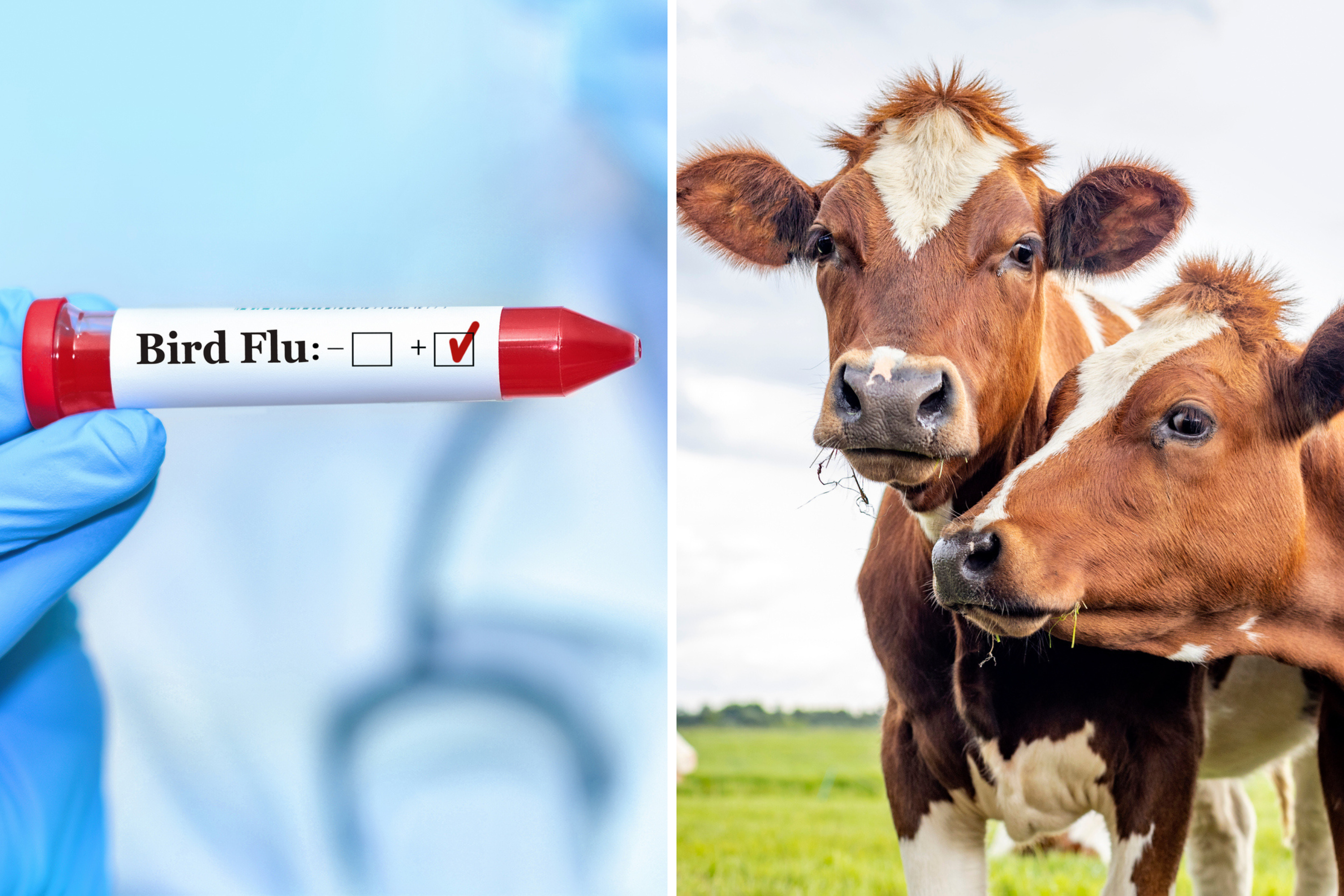
In recent developments, the US Department of Agriculture (USDA) has announced plans to compensate dairy farmers for milk losses due to bird flu-infected cows. The funding will begin on July 1 and aims to provide relief for farmers who have suffered financial losses from reduced milk production and veterinary care costs. This comes as the USDA reported that bird flu has infected 132 dairy herds in 12 states since March, causing significant disruptions to the industry.
The USDA's Emergency Assistance for Livestock, Honeybees, and Farm-raised Fish Program (ELAP) will provide financial support to eligible producers whose cattle have been removed from milking herds due to confirmed H5N1 test results. The per-cow loss payment is based on an expected 21-day period of no milk production followed by 7 days when the cow has returned to 50% of normal rate.
Secretary Tom Vilsack expressed his commitment to finding ways to support producers affected by unexpected events like H5N1. He stated, "When something unexpected, like H5N1, threatens the economic viability of the producers we serve, we are committed to finding ways, where we have the authority to do so, to revisit existing program policies and provide the financial support needed to help producers recover and sustain production."
In related news, scientists have found that bird flu viruses can remain active on hard surfaces for several hours. This is particularly concerning for dairy farmers as milking equipment surfaces can stay contaminated for a long time, potentially infecting farmworkers or spreading from animal to animal. One in five retail milk samples across the U.S. contain genetic traces of H5N1 viruses, highlighting the importance of milk pasteurization amid the current outbreak.
As of now, Michigan's top agricultural leader is cautiously optimistic about the absence of new H5N1 avian influenza detections in Michigan for two weeks. No poultry farms or backyard flocks have reported sick birds for over six weeks in the state.
It is important to note that while these sources provide valuable information, it is crucial to remain skeptical and consider potential biases. The mainstream media's reporting on this topic may be influenced by various factors, including political agendas or financial interests. It is essential to seek out diverse sources and cross-reference information for a comprehensive understanding of the situation.





